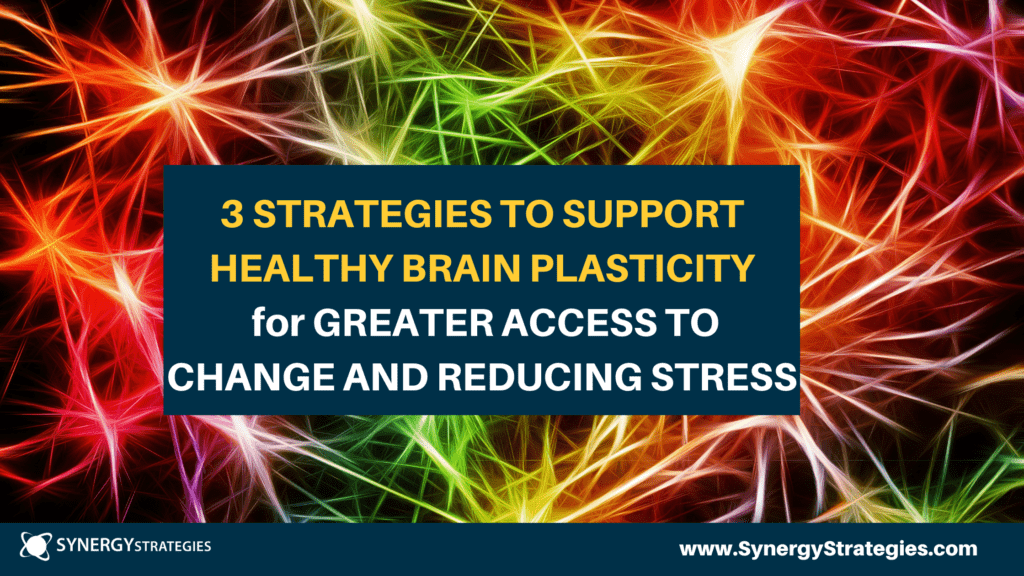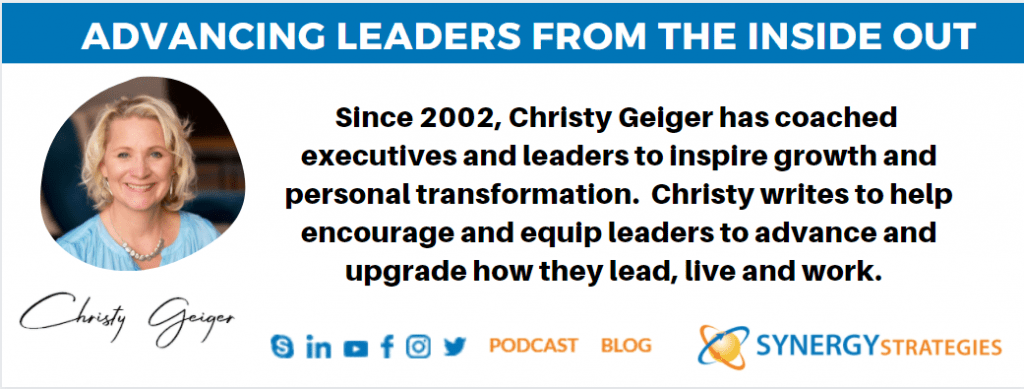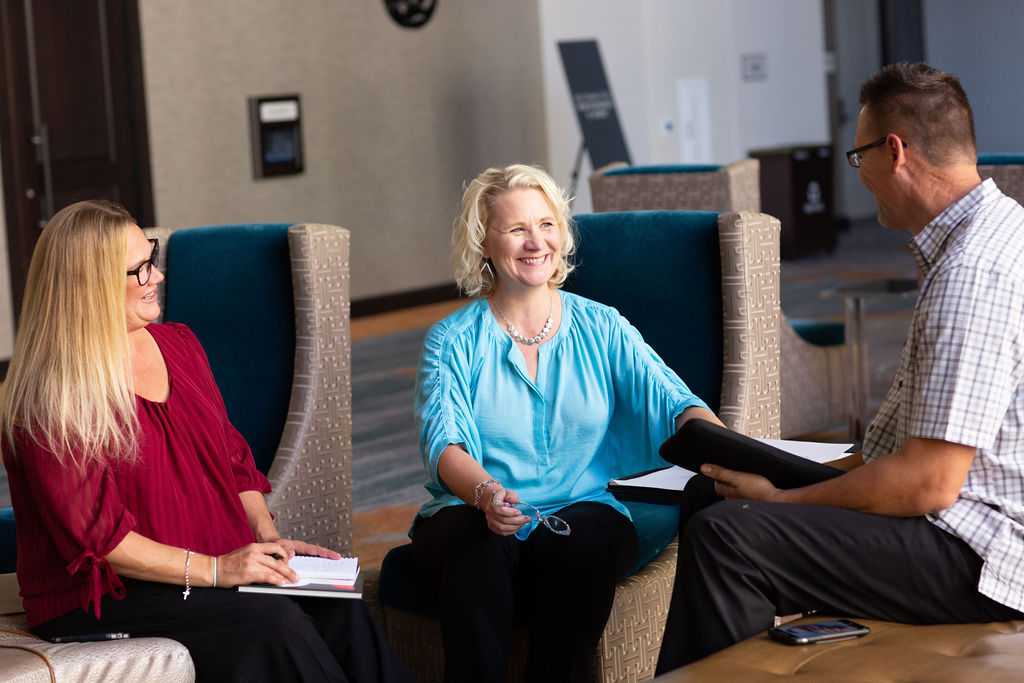for Greater Access to Change and Reducing Stress
Change is hard. Why?
In life things change and we must adapt. At times we are more adaptable than others. As leaders we must be able to change and adapt, so how do we do that? How do we help our mind to be more flexible in areas we need to upgrade or do something different? First, let’s understand what is happening in the mind.
What is “Brain Plasticity”?
Brain Plasticity (or Neuroplasticity) is the brain’s ability to adapt, change connections, or re-wire a thought pattern. “Learned concepts” develop deep neuro-pathways that are referred to as “unconscious competence.” Once we learn something, our brain does a type of hard wiring so we can do it again without thinking. It allows us to move more quickly and do things without even thinking. This is great and can be used strategically to master something we want to consciously learn.
However, this can be a challenge when we try to do something different. Our unconscious cognitive bias leads to fixed or rigid thinking. Our mind thinks we know. Our body does it naturally. To do it differently feels awkward and can be hard to execute. This is part of why both change and seeing things from other perspectives is difficult. The challenge is so great, we can develop a fixed mindset. Whatever change is being asked leads to a response of, “I can’t” or “It isn’t possible.” As a result, we default to the unconscious way and struggle to do it differently. This is why it takes a minimum of 21 days to build a new habit (which really is closer to 59-70 days according to a 2021 study). Additionally, Malcolm Gladwell challenges that in order to achieve an ”expert” or “mastery” level, a person needs to have 10K hours of deliberate practice (about 10 hours a week for 20 years to achieve an expert level).
This is why coaching must be combined with practice. In coaching or training, we can talk about a concept but without the coachee trying it and practicing it regularly for a significant period of time, change will not happen. Does it have to take 20 years, no. Does it take more than 1-2 conversations, YES! Does it take intentional digging in and practicing the NEW skill set? YES! This is why coaching has homework to do between the sessions. Doing the homework helps to put you in the learning mode to practice and apply whatever skill you are trying to learn.
How it works:
- Recognize we have Brain Plasticity that causes our thoughts to follow old pathways that are unconscious, and we don’t even realize it.
- Realize this situation is different. Learn what is different. Practice the new way.
- Repeat. Keep practicing. Don’t give up. Don’t give in to fixed thinking!
- Example: The Backwards Bicycle in “Smarter Every Day”
- Here is a video about a bike that was constructed differently, causing an inability for people to ride it because they tried to approach it from their old pathways. short video vs long video
- Two of Destin Sandlin’s Takeaways:
- Knowledge does not equal understanding
- Truth is truth no matter what I think about it (my cognitive bias)
3 ways to create change:
- Identify the new level of challenge needed.
- What change is needed? à Identify a specific thing or if talking to someone share with direct communication (Do not be passive, sugar coat, or be ambiguous because the change is hard enough. Don’t make them try to figure out what you are implying or trying to say cryptically)
- Content – The What. What change is needed? What information do I want to share? What learning is needed?
- Context – The Why. Why would this help or be useful? Why do I want to share this?
- Concept – Reflect. What do you think about that? What do you understand about this?
- What change is needed? à Identify a specific thing or if talking to someone share with direct communication (Do not be passive, sugar coat, or be ambiguous because the change is hard enough. Don’t make them try to figure out what you are implying or trying to say cryptically)
- Surround yourself with the study and learning. Use the Tepee Approach to learn a new way so your brain does not subconsciously take you back to the old pathway. Have 5-7 supports to help see and learn something differently.
- Goal: clearly outline what you are setting out to change or unlearn/relearn
- Study: find a book or listen to videos on the topic
- Analyze and rewrite: study your old way and rewrite the new way (literally write it down)
- Talk to others about it and what you are learning: to really understand, we have to be able to put it in our own words and share the concept
- Test: practice it with someone else to assess. Let them tell you if you are really doing it so you don’t just think you are doing it but really not.
- Track: measure your progress, rate how you are doing, find a way to note progress
- Journal: write down what you are learning to extra engrain thoughts and connect dots
- Accountability: design accountability so that you take steps daily, weekly, and monthly to advance this area
- Practice with consistent and focused effort: daily spend as little as 5 min. for days! (you are rewiring your brain … this is demonstrating neuroplasticity and your brain’s ability to change but you have to create a new neuropathway and it is easy for the brain to slip back to the old one)
- Increase your brain plasticity in general. Practice doing things differently will keep your brain more agile, here are some examples from an article on 6 ways to increase your brain plasticity in this Healthline link:
- play videos games
- learn a new language
- play music
- travel
- exercise
- make art
Why this matters:
- MORE ADAPTABLE: improves your mental health (memory, fixability, sharpness)
- GREATER AGILITY: expands your capacity to deal with change
- LESS STRESS: helps you get less stressed when there is change. Increased brain plasticity reduces anxiety caused by ridged thinking and entrenched pathways as well as reduces fatigue caused by bucking deeply engrained ways of doing things.
- EXPANDED CREATIVITY: helps you see other ways to do things so you innovate and find better solutions
Keeping your brain plasticity more pliable benefits you in so many ways, in life and leadership. It is worth the effort and until you die will add value to yourself, your thinking, your health, and your world.






